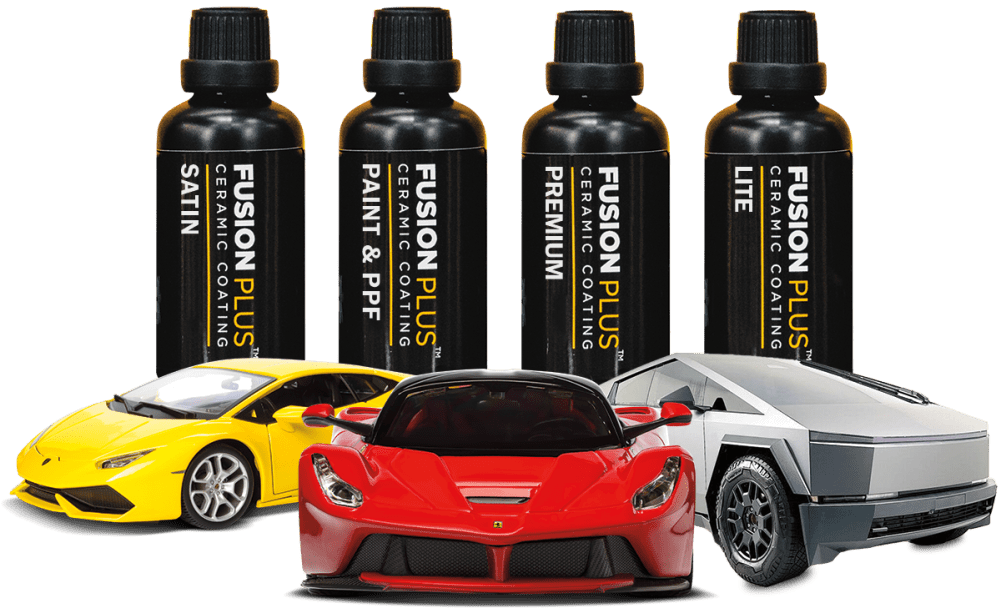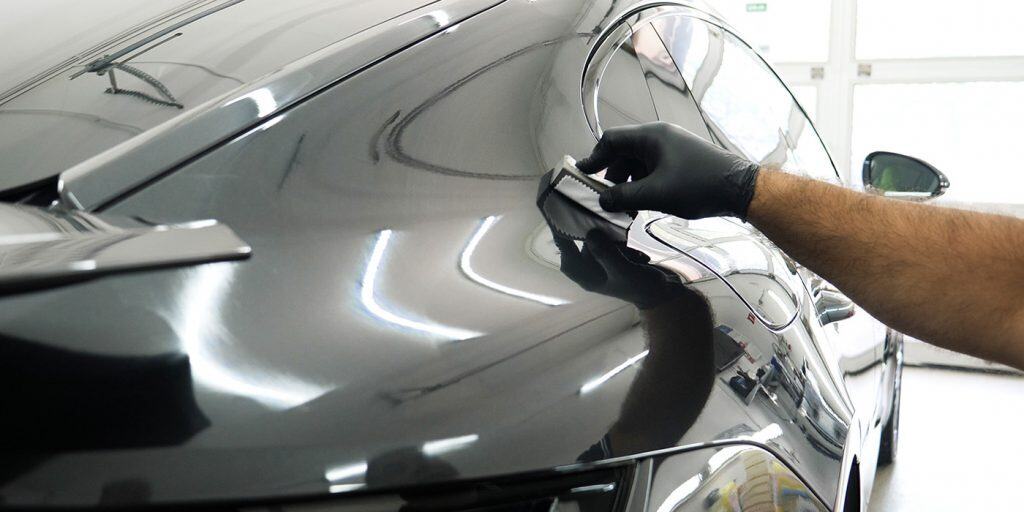Ceramic Coating vs Traditional Wax: Which Offers Better Protection?
Ceramic Coating vs Traditional Wax: Which Offers Better Protection?
Blog Article
Ceramic Covering vs. Standard Wax: Which Gives Better Long-Term Protection?
The dispute in between ceramic coverings and conventional wax for automobile defense has actually amassed substantial focus amongst automotive enthusiasts and experts alike. While both offer the objective of guarding paint, their distinctions in resilience, application, and long-term maintenance expenses might influence a customer's selection. Ceramic layers boast superior longevity and resistance to environmental factors, yet the intricacy of their application questions about ease of access and usefulness. As we discover these contrasting choices, it ends up being important to think about not only the immediate advantages however likewise the implications for vehicle treatment gradually.
Review of Ceramic Finishing
Ceramic finish has actually obtained substantial appeal among auto fanatics and detailers alike as a result of its innovative protective top qualities. This ingenious technology is made to produce a resilient, hydrophobic guard over a vehicle's paint surface, dramatically improving its resistance to ecological impurities such as dirt, UV rays, and chemical spots. Unlike typical wax, which offers a short-lived layer of protection, ceramic layers bond at a molecular level with the paint, supplying lasting longevity-- typically expanding beyond 2 years with correct maintenance.
The application procedure entails careful preparation of the vehicle's surface, including cleansing and polishing to ensure optimum bond. When used, the coating remedies to develop a durable layer that not just includes deepness and gloss to the paint yet additionally simplifies maintenance. With its hydrophobic properties, ceramic finishing enables water and dust to glide off even more conveniently, lowering the frequency of washes and reducing the threat of swirl marks.
Furthermore, ceramic finishes are available in different formulas, allowing customers to pick items tailored to their certain requirements and choices. Generally, ceramic layer represents a considerable innovation in paint security modern technology, delivering superior efficiency contrasted to standard choices.
Introduction of Conventional Wax
Generally related to as a staple in automobile care, wax acts as a prominent choice for those looking for a simple method to boost and shield their lorry's paint - ceramic coating. Automotive wax typically consists of all-natural components, such as carnauba, or synthetic substances, developed to produce a protective layer on the surface area of the paint. This layer not just improves the vehicle's gloss and shine but additionally supplies a barrier against environmental impurities
The application of wax is generally straightforward, making it easily accessible for both experts and DIY fanatics. As soon as applied, wax requires a treating duration, after which it sets to form a protective covering.
Nonetheless, while wax is effective for improving the visual appeal of a car, it is very important to keep in mind that the protection it provides may demand more regular reapplication contrasted to different products, such as ceramic layers. Generally, traditional wax continues to be a favored alternative for those prioritizing simplicity of usage and prompt aesthetic improvement.
Sturdiness and Long Life Comparison
While both ceramic finishings and standard wax deal protective benefits for vehicle paint, their longevity and longevity differ dramatically. Traditional wax, usually made from all-natural carnauba or synthetic polymers, normally provides a protective layer that lasts roughly 3 to six months. This fairly brief life expectancy requires normal reapplication to maintain optimum defense.
On the other hand, ceramic finishings are engineered from sophisticated nanotechnology, creating a covalent bond with the paint surface. This results in a robust, hydrophobic layer that can withstand for two to five years, relying on the item and ecological conditions. The remarkable resilience of ceramic coatings is credited to their chemical framework, which uses improved resistance to scratches, UV rays, and oxidation.

Security Versus Environmental Aspects
Protecting an automobile's paint from ecological elements is crucial for preserving its look and value gradually. Autos are continuously revealed to a variety of aspects, including UV rays, bird droppings, tree sap, acid rain, and roadway grime, every one of which can jeopardize the stability of the paintwork.
Ceramic coatings provide a robust defense versus these ecological aggressors. Unlike conventional wax, which can weaken quickly under UV exposure, ceramic finishes create a durable, hydrophobic layer that withstands the dangerous effects of sunlight and toxic wastes. This innovative innovation develops a chemical bond with the vehicle's surface, using superior protection that lasts for many years, also in harsh conditions.
In comparison, ceramic finishes preserve their safety top qualities much longer, significantly reducing the threat of paint damages and ensuring that the vehicle preserves its visual charm. As an outcome, ceramic finishes are progressively recognized as the superior option for long-term defense versus environmental factors.
Application and Upkeep Differences
The techniques of application and subsequent upkeep for ceramic finishings and traditional wax differ substantially, affecting the general individual experience and efficiency of each item. Ceramic finishes call for an even more detailed application procedure, typically involving surface preparation that includes read more cleaning, sanitizing, and polishing the vehicle. As soon as the surface prepares, the ceramic covering is applied in a regulated environment, commonly requiring professional expertise home to guarantee appropriate healing and bonding to the paint.

While both items enhance vehicle look, the longer-lasting defense offered by ceramic layers might validate their initial financial investment, in spite of the even more requiring application procedure. On the other hand, typical wax stays a popular option for those seeking a simpler, albeit short-term, service.

Final Thought
In verdict, ceramic coverings show considerable benefits over standard wax in terms of toughness and environmental management. With a life-span expanding 2 to 5 years and remarkable resistance to UV rays, dirt, and chemical spots, ceramic coverings offer a much more reliable solution for long-term lorry upkeep. The application process may need specialist knowledge, the resulting cost savings and minimized regularity of reapplication underscore the value of ceramic finishings for those seeking ideal car protection.
The debate in between ceramic coverings and traditional wax for automobile defense has gathered considerable focus amongst auto lovers and specialists alike. Unlike conventional wax, which supplies a momentary layer of defense, ceramic finishes bond at a molecular degree with the paint, providing durable durability-- frequently expanding past 2 years with correct maintenance.
While both ceramic coatings and typical wax Recommended Reading offer protective advantages for vehicle paint, their durability and durability vary substantially. For automobile fanatics seeking long-term protection, ceramic finishes provide a compelling benefit over traditional wax items.
In conclusion, ceramic layers demonstrate considerable advantages over standard wax in terms of resilience and ecological defense.
Report this page